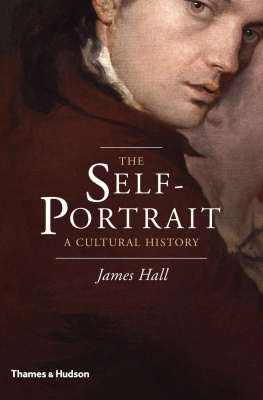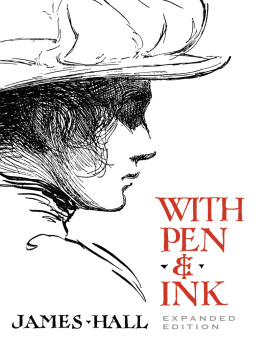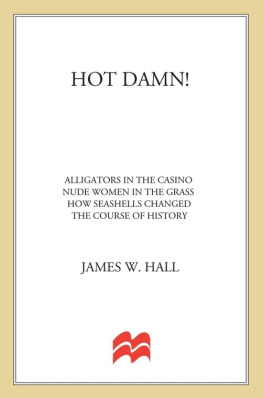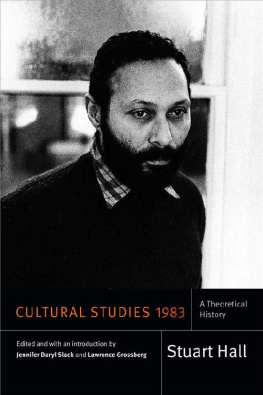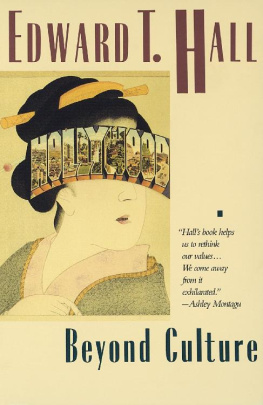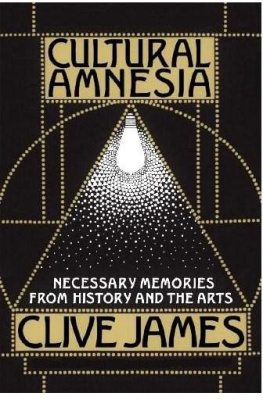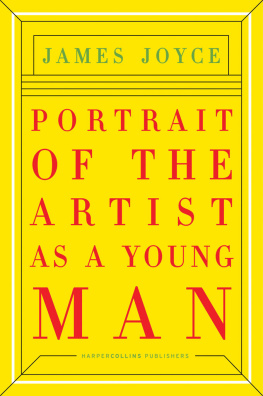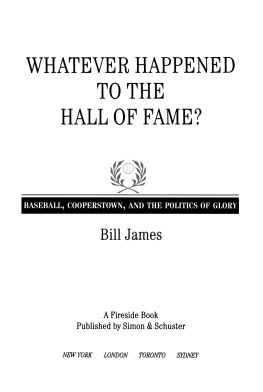James Hall - The Self-Portrait: A Cultural History
Here you can read online James Hall - The Self-Portrait: A Cultural History full text of the book (entire story) in english for free. Download pdf and epub, get meaning, cover and reviews about this ebook. year: 2016, publisher: Thames & Hudson, genre: Art. Description of the work, (preface) as well as reviews are available. Best literature library LitArk.com created for fans of good reading and offers a wide selection of genres:
Romance novel
Science fiction
Adventure
Detective
Science
History
Home and family
Prose
Art
Politics
Computer
Non-fiction
Religion
Business
Children
Humor
Choose a favorite category and find really read worthwhile books. Enjoy immersion in the world of imagination, feel the emotions of the characters or learn something new for yourself, make an fascinating discovery.
- Book:The Self-Portrait: A Cultural History
- Author:
- Publisher:Thames & Hudson
- Genre:
- Year:2016
- Rating:4 / 5
- Favourites:Add to favourites
- Your mark:
- 80
- 1
- 2
- 3
- 4
- 5
The Self-Portrait: A Cultural History: summary, description and annotation
We offer to read an annotation, description, summary or preface (depends on what the author of the book "The Self-Portrait: A Cultural History" wrote himself). If you haven't found the necessary information about the book — write in the comments, we will try to find it.
The Self-Portrait: A Cultural History — read online for free the complete book (whole text) full work
Below is the text of the book, divided by pages. System saving the place of the last page read, allows you to conveniently read the book "The Self-Portrait: A Cultural History" online for free, without having to search again every time where you left off. Put a bookmark, and you can go to the page where you finished reading at any time.
Font size:
Interval:
Bookmark:

THE SELF-PORTRAIT
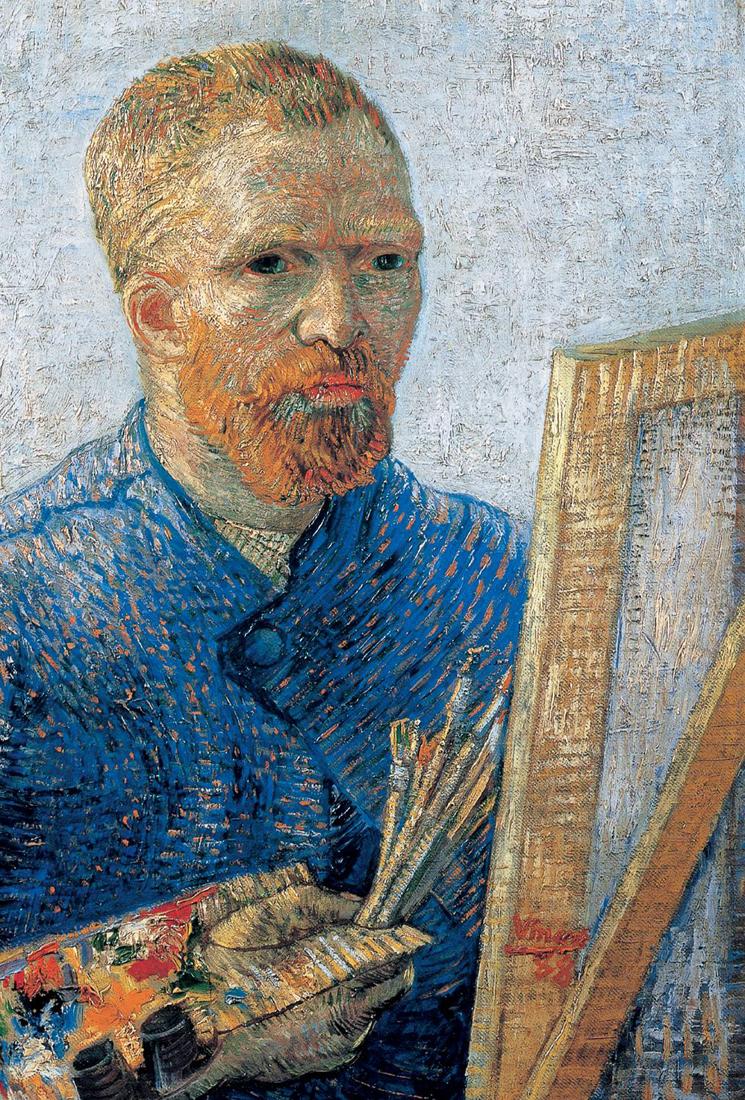
About the Author
James Hall is an art historian, lecturer and broadcaster, and is a visiting research fellow at the University of Southampton. He gained his MA at the Courtauld Institute of Art in London and his PhD at the University of Cambridge. Formerly chief art critic of the Sunday Correspondent and the Guardian, he contributes to a number of publications, including The Times Literary Supplement, Guardian, Wall Street Journal and Art Newspaper. Hall is the author of four critically acclaimed books including The World as Sculpture: The Changing Status of Sculpture from the Renaissance to the Present Day and The Sinister Side: How Left-Right Symbolism Shaped Western Art.
Other titles of interest published by
Thames & Hudson include:
The Drawings of Rembrandt: A New Study
Courbet
Van Gogh Paintings: The Masterpieces
Man With a Blue Scarf: On Sitting for a Portrait by Lucian Freud
Auto Focus: The Self-Portrait in Contemporary Photography
The Body in Contemporary Art
See our websites
www.thamesandhudson.com
www.thamesandhudsonusa.com
To Benjamin, Joshua and Alice Hall
CONTENTS
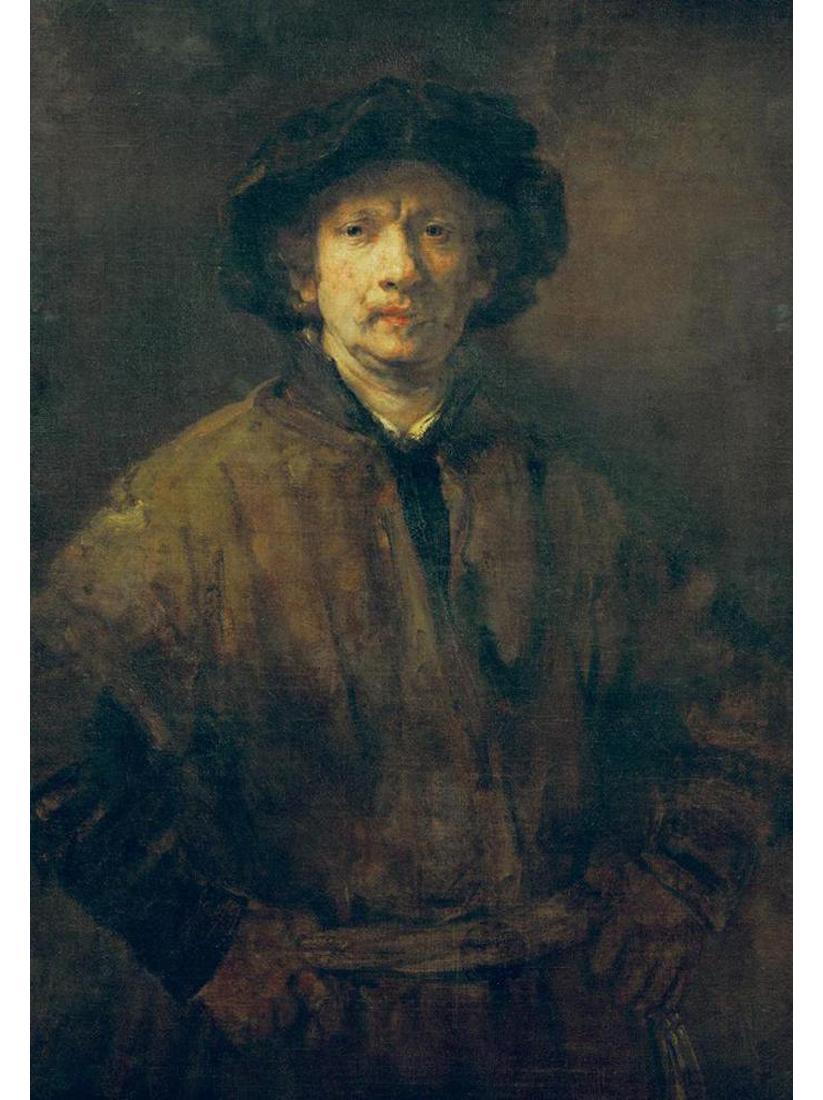
Rembrandt, Self-Portrait, 1652 (detail)

Michelangelo, on being asked why the painter had made the ox more lifelike than the rest, said: Any painter can make a good portrait of himself.
GIORGIO VASARI, Lives of the Artists (1568)
The self-portrait is the one form of easel painting that resists being owned.
PHILIP FISHER, Making and Effacing Art (1991)
SELF-PORTRAITURE HAS BECOME the defining visual genre of our confessional age: the sheer volume of contemporary self-portraits defies enumeration. More of us, from more countries, are more interested in self-portraiture than ever before. Self-portraits have migrated far beyond the church, palace, studio, academy, museum, gallery, plinth and frame. Nowadays photographic and filmed self-portraits flood the internet, and school children are required to make them. It is widely assumed and hoped that self-portraits give privileged access to the sitters soul, and thereby overcome the alienation and anonymity experienced by so many in modern urbanized societies.
In Europe, genuine (as well as mistaken and fake) self-portraits have been collected and venerated since the sixteenth century. But past interest in the genre is overshadowed by the obsession with self-portraiture during the last forty years. Today in cities across the globe there are artists whose entire careers are forged on self-portraiture.
Exhibitions of old and modern masters are routinely prefaced by a self-portrait; or, in the case of artists who made several self-portraits, by a room of self-portraits, as if these were the first pictures they painted. Rembrandt, Reynolds, Courbet and Munch have had full exhibitions dedicated to their self-portraits. And wherever an artist has inconsiderately failed to make any, or sufficient, self-portraits, Freudian analysis fills the breech. So we find subconscious, disguised and surrogate self-portraits: the Mona Lisa becomes a Leonardo self-portrait in drag. Self-portraiture is the magical Fifth Element, first among equals with the four traditional genres (histories, portraits, landscapes and still lifes). Depending on who you talk to, it is an inspiring symbol of artistic freedom or a symptom of what has been dubbed the culture of narcissism. Few are indifferent to self-portraits, and the claims that are made for them.
The Self-Portrait: A Cultural History maps the genre from the Middle Ages to the prolific self-image making of todays contemporary artists. It is divided into ten broadly chronological chapters, each focusing on key themes. Within these thematic overviews are detailed discussions of particular artists and works. But the aim is to create much more than a greatest hits of familiar masterpieces. Instead this book looks at famous self-portraits in a fresh way, drawing on ideas and anecdotes from the artists own times, while also exploring works that deserve to be better known. Rather than over-emphasizing the artists pursuit of an accurate likeness, it looks at the many competing motivations for making and shaping a self-portrait.
Conventional wisdom has it that in around AD 1500 individualism was born, and good quality crystal glass mirrors invented, thereby allowing people to see themselves clearly for the first time. From this perfect cultural storm came the irresistible rise of self-portraiture. There is undoubtedly an element of truth to this: the 1490s were a crucial decade, and there was growing interest in distinguishing the personality and style of individual artists. But it ignores what came before in the medieval period, and smoothes out what came after. Developments in mirror technology are largely irrelevant, and this mirror myth has clouded discussions of the genre. Good mirrors of polished metal had existed since antiquity and continued to be used well into the seventeenth century. So, too, convex mirrors, which were still being used by Caravaggio not least because their large field of vision compensated for the generally small size of flat mirrors. It is only in the eighteenth century that complaints start to be made about mirrors usurping paintings as fashionable wall decoration.
This is the first history of self-portraiture to celebrate unapologetically the Middle Ages. Portraiture may have been pioneered by the Egyptians, Greeks and Romans, but in the Middle Ages self-portraiture becomes very much a Christian concern, connected with personal salvation, honour and love. The two medieval legends of St Veronica and King Abgar, in which Christ presses his face to a piece of cloth, leaving an imprint, posited Christ as a self-portraitist. No great self-portraitist is of higher status than St Dunstan (90988), prostrate on a mountain ). Like all the best jokes, it makes a profound point.
It is during the Middle Ages that mirrors become powerful cultural symbols, metaphors for all kinds of knowledge, both of self and others. But the Renaissance mirror myth has obscured the contribution of the Middle Ages and limited our appreciation of what a self-portrait can be. It has led us to assume that self-portraits were almost exclusively concerned with giving an accurate likeness. But the self-portrait more so than a portrait is primarily a product of memory and imagination. If naturalism had been the principal goal, it would make more sense to have a portrait painted or life cast made. In the first philosophical discussion of self-portraiture, by the influential Plotinus ( AD third century), self-portraits are produced not by looking out at a mirror, but by withdrawing into the self. During the Renaissance, one of the main theories of self-portraiture was the catchphrase every painter paints himself: this meant that all artists unwittingly imbue all the figures they make with something of themselves, so all bear a family resemblance. Once again, mirrors are marginal.
One of the wonders of self-portraits is their capacity to induce unique levels of uncertainty in the viewer. Is the artist looking at us with a view to portraying or judging us? Is the artist looking at a mirror, with a view to portraying or judging themselves? Is the artist creating a persona to serve specific ends? Or have they delved into the book of memory, myth and imagination to create a work personal in its meaning?
Next pageFont size:
Interval:
Bookmark:
Similar books «The Self-Portrait: A Cultural History»
Look at similar books to The Self-Portrait: A Cultural History. We have selected literature similar in name and meaning in the hope of providing readers with more options to find new, interesting, not yet read works.
Discussion, reviews of the book The Self-Portrait: A Cultural History and just readers' own opinions. Leave your comments, write what you think about the work, its meaning or the main characters. Specify what exactly you liked and what you didn't like, and why you think so.

